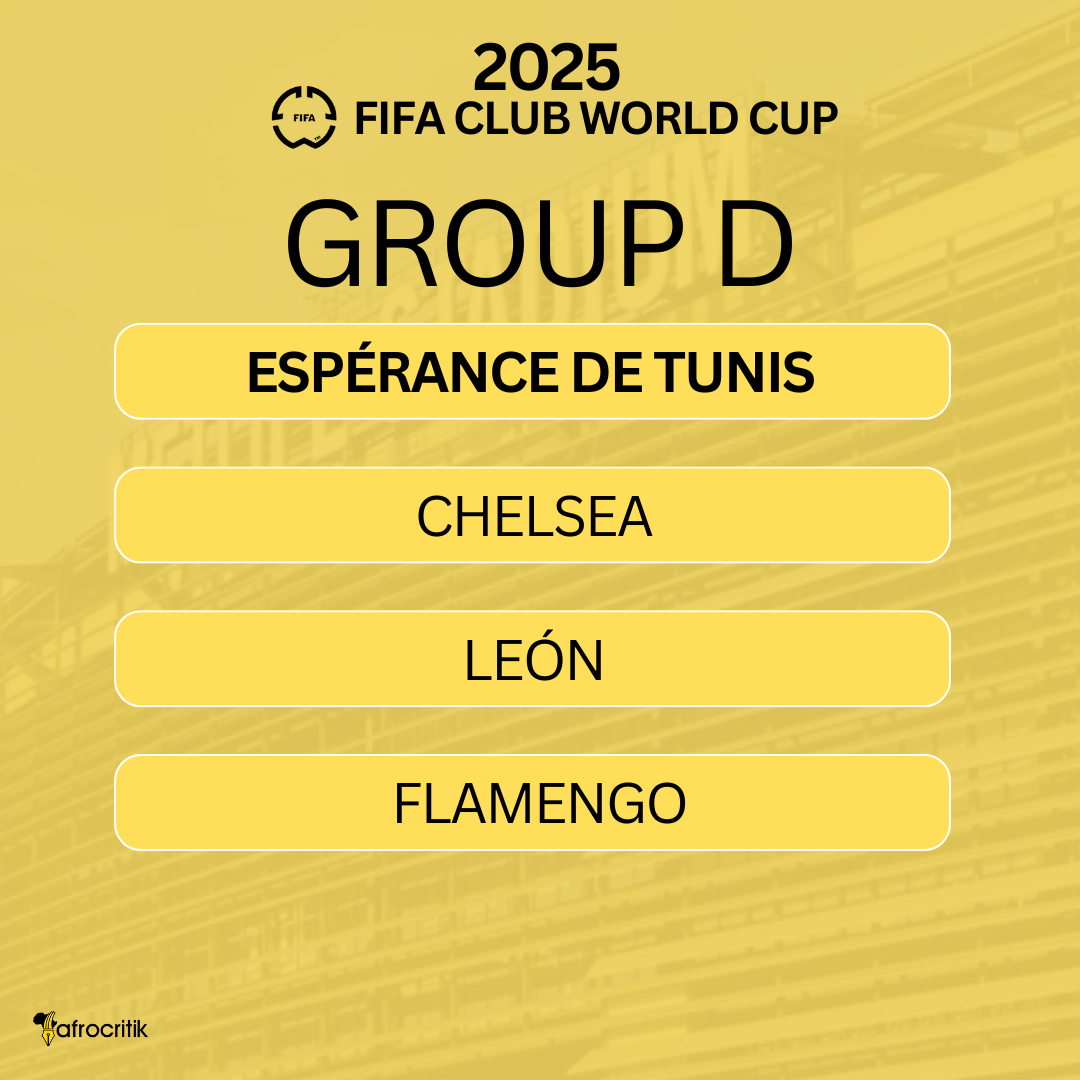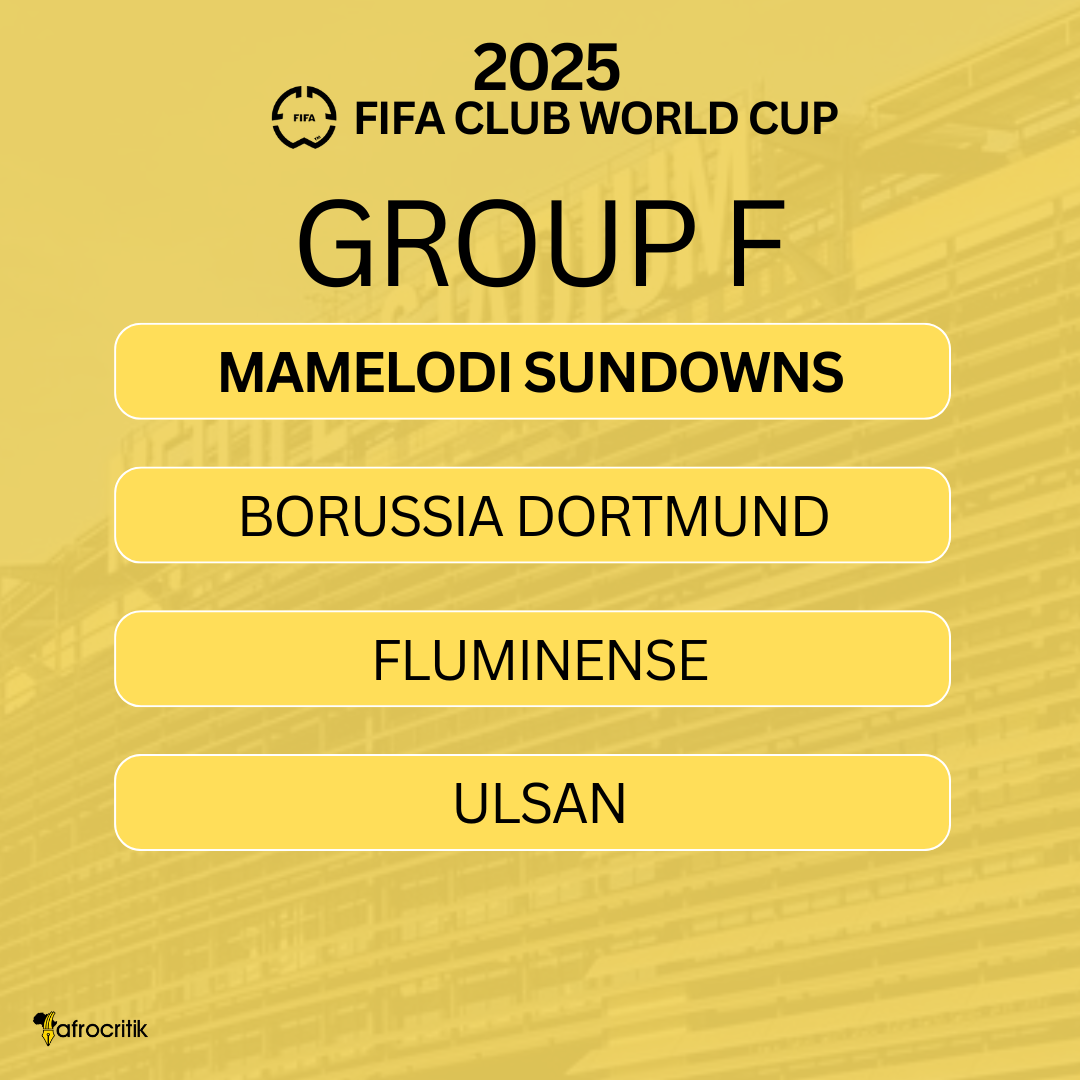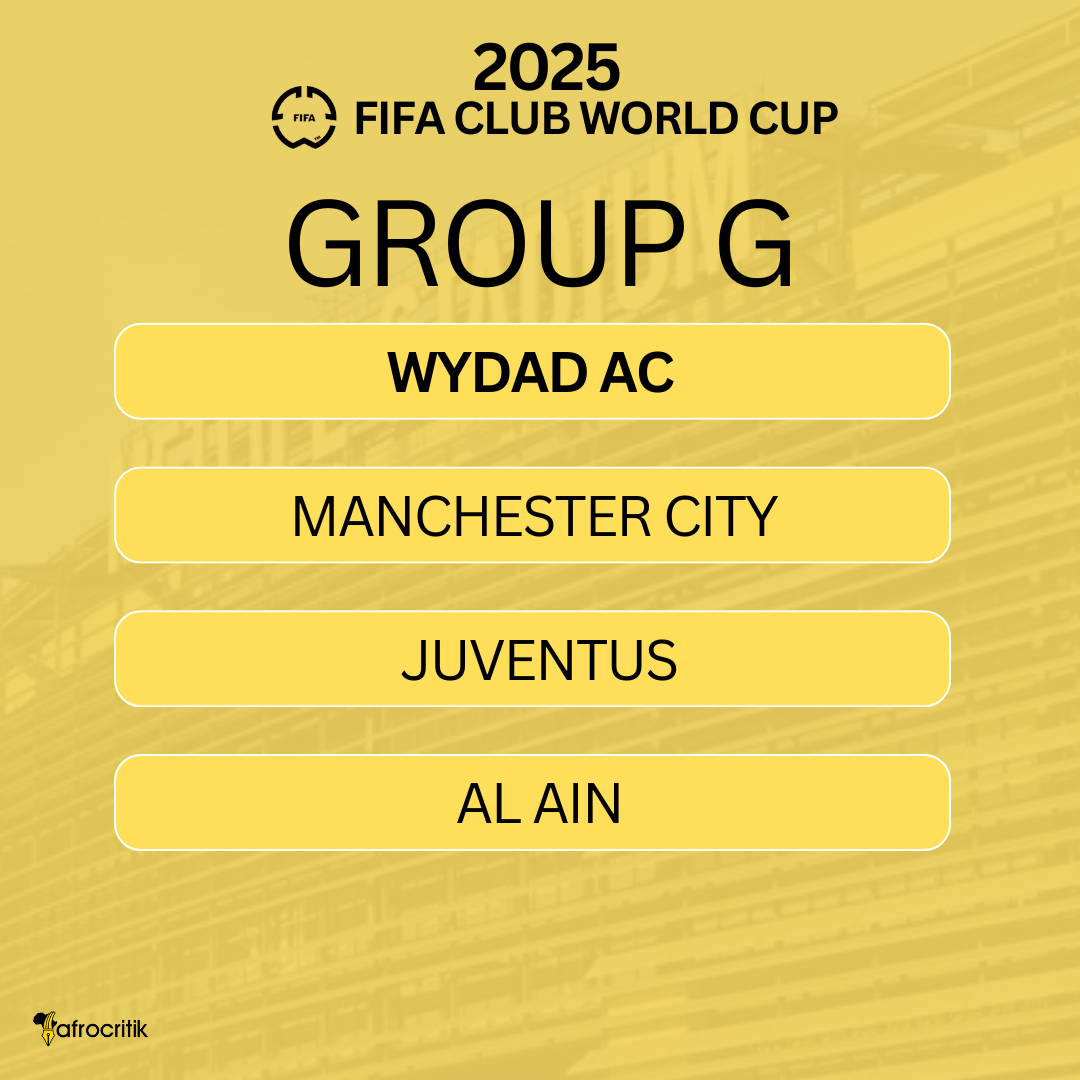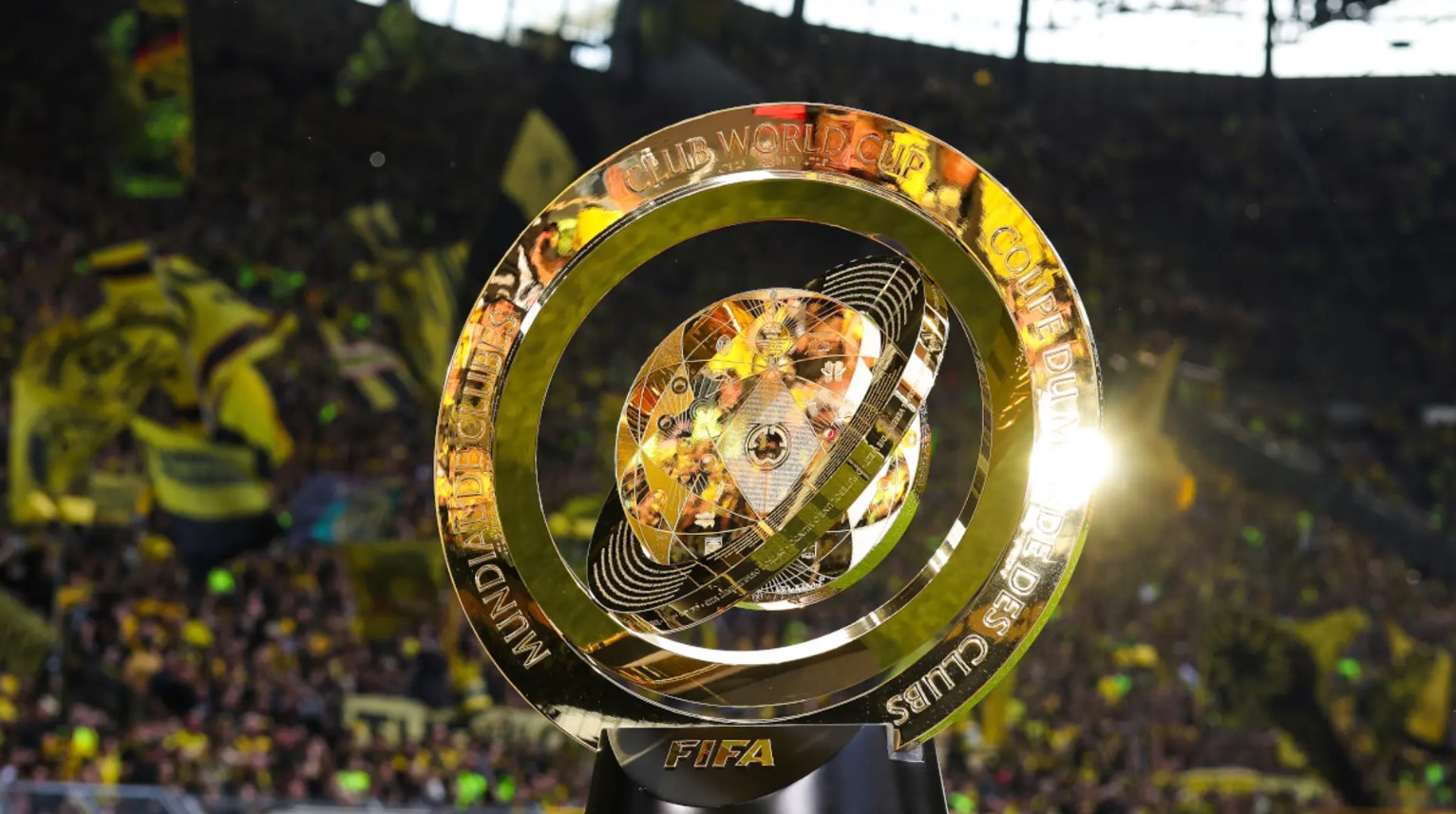Whether or not Al Ahly, Wydad, Espérance, or Sundowns lift the trophy, their participation matters, for themselves and for those who will take part in future editions of the Club World Cup.
By Tuka Letura
This weekend marks the transformation of what was once a niche mid-season football contest. featuring just seven teams, each from FIFA’s six continental confederations and the host nation, into one of the most ambitious undertakings in global sport: the reimagined FIFA Club World Cup. With 32 elite football clubs competing across 11 U.S. cities, the tournament will span over a month, from 15 June to the final at East Rutherford’s MetLife Stadium on 13 July.
The 2025 tournament marks the first full-scale iteration of FIFA’s expanded Club World Cup: eight groups of four teams, a round of 16, and a $1 billion prize pool. Top clubs from six confederations converge not just for trophies, but for prestige, revenue, and brand elevation.
A club reaching the final can earn up to $125 million, an amount that dwarfs the annual budgets of most African teams. Even participating clubs will receive nearly $10 million in appearance fees. For the Confederation of African Football’s four representatives, this is not merely about footballing ability—it is a transformational opportunity for both financial growth and global visibility.
Yet, alongside the excitement, there are concerns. The tournament falls within an already congested June–July window, clashing with domestic calendars and off-season recovery periods. Global players’ union FIFPRO has warned of burnout, particularly for clubs with thinner squads and demanding travel schedules. For African sides, many of whom compete in grueling local and continental fixtures year-round, maintaining this level of intensity presents a significant challenge.
CAF has been allocated four slots at the Club World Cup, determined through a system that rewards both short-term excellence and long-term consistency. These slots were awarded based on two key criteria: winning the CAF Champions League during the qualification period (2021–2024), and ranking among the highest in CAF’s four-year club performance system, which reflects sustained success in continental competitions.

- Al Ahly (Egypt) secured their place by winning the 2020–21 CAF Champions League. Widely regarded as Africa’s most decorated club, Al Ahly continues to set the standard for excellence on the continent.
- Wydad AC (Morocco) followed as the 2021–22 Champions League winner, earning a deserved spot among Africa’s elite.
- Espérance de Tunis (Tunisia) earned qualification through the CAF club ranking system, emerging as the highest-ranked club not to have won the Champions League during the qualification window.
- Mamelodi Sundowns (South Africa) completed the lineup, claiming the final slot based on their consistent performance across multiple seasons as reflected in CAF’s four-year performance index.
THE GROUPS
Al Ahly – Group A
Opponents: Inter Miami (USA), Palmeiras (Brazil), FC Porto (Portugal)

Al Ahly enters Group A with a blend of historic prestige and pragmatic discipline. Their alternating 4-3-3/4‑2‑3‑1 setup is built around midfield control and swift transitions, marshaled by the likes of Emam Ashour, Percy Tau, and Hussein El Shahat, and steered by Spanish coach José Riveiro.
They face three stylistically diverse teams from across three continents.
- Inter Miami, representing American flair and star-driven football (and possibly Messi-led finesse),
- Palmeiras, a technically robust and high-intensity Brazilian side, and
- FC Porto, masters of tactical precision and European tempo.
In this melting pot, the four-time bronze medalist in the competition must lean on their FIFA Club World Cup experience and adaptability. Every match will demand a little more than it did in previous editions if they wish to progress. Their chances are evenly balanced as the top two progress into the knockouts.
Espérance de Tunis – Group D
Opponents: Chelsea (England), Flamengo (Brazil), Los Angeles FC (USA)

Espérance relies on the tactical ability of Maher Kanzari, who tweaks his side into a 4‑3‑3 or 3-4-3 primarily, to match the opposition. They love to control games with smart possession play. Their group presents both European might and South American flair:
- Chelsea brings pace, pressing, and depth from the Premier League, and on the back of their UEFA Conference League win, are favourites in the group.
- Flamengo, who nicked two titles this season, will also fancy their chances as they will bank on their previous Club World Cup experience, when they were runners-up in 2019
- LAFC are currently one of the most in-form American sides and could make progression more difficult for Espérance.
To survive, Espérance must dictate rhythm, suffocate chaos with structure, and capitalize on narrow openings. Their key strength, defence, will be tested to its limit.
Mamelodi Sundowns – Group F
Opponents: Borussia Dortmund (Germany), Fluminense (Brazil), Ulsan Hyundai (South Korea)

Sundowns’ nickname, “The Brazilians”, says it all. Their style is fluid, expressive, and possession-based, built around players like Lucas Ribeiro and Teboho Mokoena. Their tactics echo South American rhythm, with strong technical and positional awareness, but they will be facing that as well.
- Dortmund presses with high energy and youthful verve,
- Fluminense, their stylistic cousin, plays a refined, tactical version of the jogo bonito.
- Ulsan Hyundai brings Asian structure and efficiency, likely to challenge Sundowns’ space usage.
This group offers philosophical duels, especially the poetic clash with Fluminense. Sundowns’ strength will be in embracing their identity while adapting to opponents’ discipline. It’s not the easiest, but Sundowns possess enough to progress.
Wydad AC – Group G
Opponents: Manchester City (England), Juventus (Italy), Al Ain (UAE)

Wydad Casablanca faces a daunting challenge in what may be the toughest group for any African team at the Club World Cup. They are up against two European giants: Manchester City and Juventus. To have any hope of progressing, they will need to play with clear intent and make the most of every match. Realistically, their chances of advancing are slim, but in football, surprises do happen.
- Manchester City, arguably the world’s best side, demands defensive perfection,
- Juventus, tactically mature and transition-savvy, will punish positional slips,
- Al Ain, while more beatable, is a familiar regional foe with strong support and tactical savvy.
Wydad’s path is narrow, but with tactical flexibility and mental resilience, they can grind out results.
This tournament isn’t just about pride; it’s about structure, reform, and sustainability from an African football perspective. A group-stage exit still yields millions in participation funds, but a Round-of-16 berth doubles both revenue and exposure. For clubs whose annual budgets sometimes fall below $5 million, this is era-defining.

For national leagues and CAF itself, the Club World Cup serves as a proof of concept: can African clubs compete commercially and tactically on a global stage? Knockout qualification would signal progress. Even if that target is missed, strong performances and individual showcases could boost domestic visibility and global transfer potential.
Still, some caution against short-term thinking. The chances of going all the way remain—and that’s the least anyone should expect from the continent’s elite football clubs.
Whether or not Al Ahly, Wydad, Espérance, or Sundowns lift the trophy, their participation matters, for themselves and for those who will take part in future editions of the Club World Cup.
Match schedule and updates are available on FIFA’s Official Website here.
Tuka Letura is an experienced sports writer with over six years of experience in the craft. He uses data and statistics to provide analysis and commentary. From regional to worldwide competitions, he has covered a wide range of sports-related events and topics. He is devoted to sharing his enthusiasm for sports with his audience and engaging them with interesting anecdotes and viewpoints.
Cover photo credit: SuperSport




